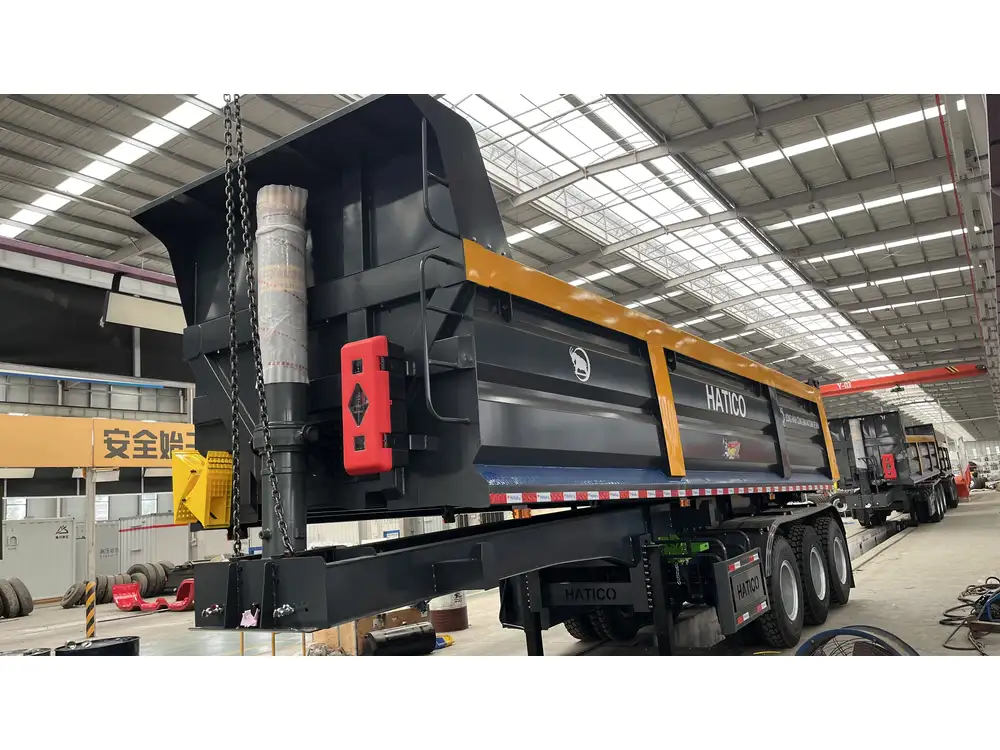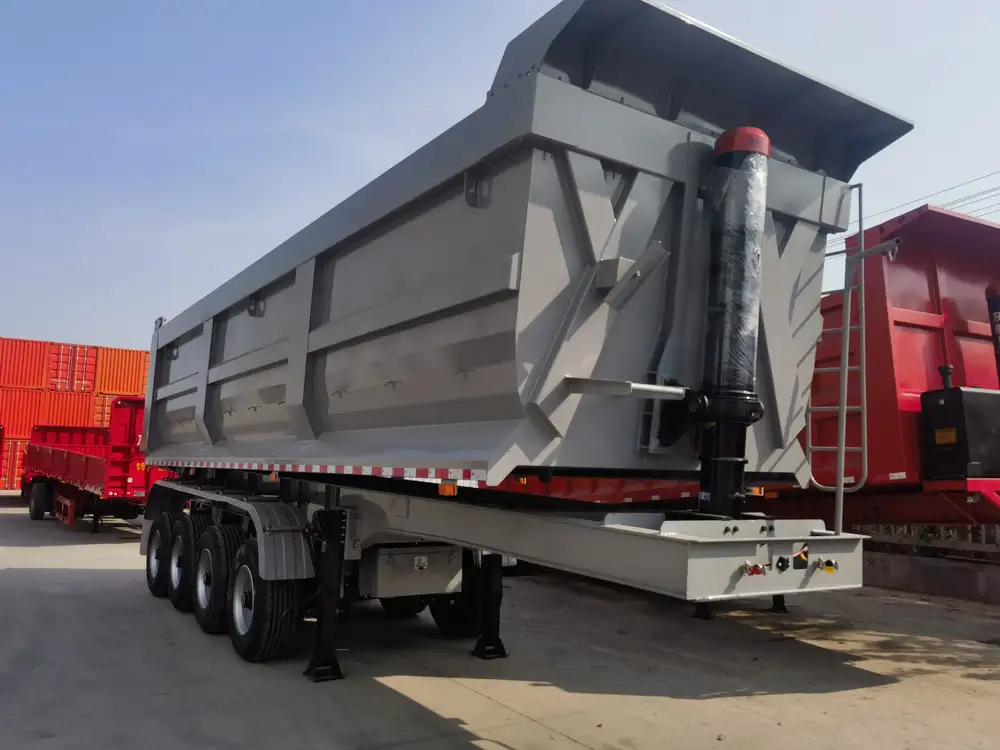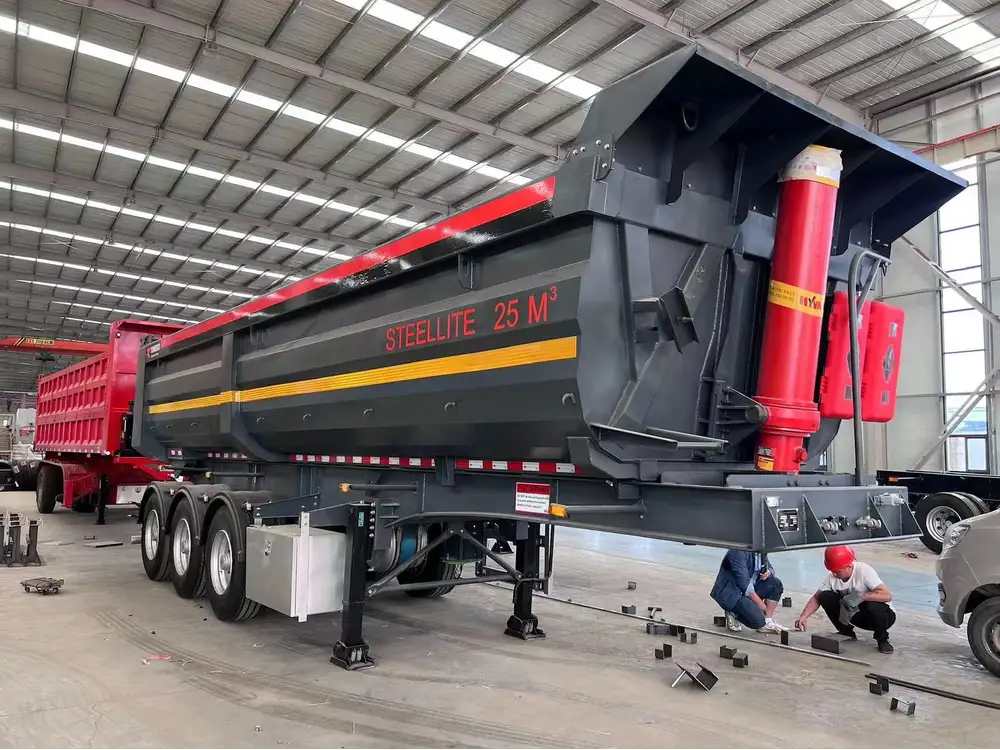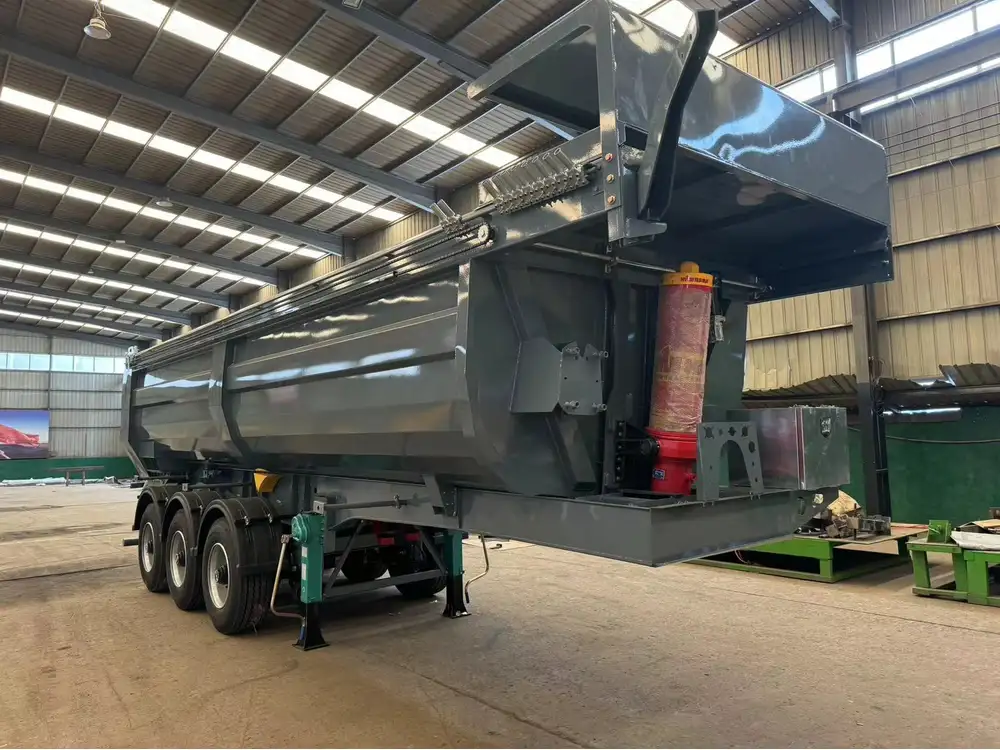In today’s rapidly evolving transportation industry, building a dump trailer for sale in Kenya presents a unique opportunity for manufacturers and entrepreneurs alike. The construction, agricultural, and waste management sectors continually demand durable and efficient dumping solutions, making the market for dump trailers not only lucrative but necessary. In this article, we will delve into the intricacies involved in constructing dump trailers, focusing on the materials, design, compliance with regulations, and customer preferences that shape this niche market.
Understanding the Market Demand
A Thriving Construction Sector
Kenya’s construction industry is burgeoning, fueled by urbanization, infrastructural improvements, and the Vision 2030 initiative aimed at transforming the nation into a middle-income economy. As a result, the demand for dump trailers has surged for transporting materials like sand, gravel, and other construction equipment. Demand indicators include:
- Frequent construction projects: New buildings, roads, and bridges are consistently underway.
- Increased mining activities: Quarrying operations require transportation solutions for minerals and stones.
- Expanding agricultural needs: Farmers need dump trailers for efficient transport of produce and agricultural supplies.

Regulatory Compliance
The Kenyan government has established specific regulations that dump trailers must meet to ensure safety and sustainability. Understanding these compliance requirements is crucial while building a dump trailer for sale in Kenya:
- Weight Limits: Adhering to axle weight limits to ensure safety during transportation.
- Material Specifications: Using materials that withstand Kenya’s diverse climatic conditions, including high temperatures and seasonal rains.
- Safety Standards: Incorporating features like reflective materials, proper braking systems, and load securing mechanisms to comply with traffic regulations.
Key Components of Building a Dump Trailer
Building a robust dump trailer involves understanding its core components. Below, we highlight the primary elements that contribute to its functionality and durability.
| Component | Description | Material Options |
|---|---|---|
| Chassis | The main frame that supports the trailer’s load | Steel, Aluminum, or Composite |
| Dump Bed | The container that holds the payload | High Strength Steel or Aluminum |
| Axles | The set of wheels that provide mobility | Leaf Spring Axles, Air Ride Axles |
| Hydraulic System | Mechanism that lifts the dump bed for unloading | Single or Double Acting Cylinders |
| Wheels and Tires | Essential for mobility and load distribution | Heavy-Duty Tires, Rims |
1. Chassis Design
The chassis acts as the backbone of the dump trailer. For Kenyan road conditions, it is essential to construct a highly resilient structure. Utilizing high-grade steel provides the necessary strength without excessive weight. Structural beam cross-sections can vary based on specific requirements, often using I-beams or rectangular tubing for enhanced support.

2. Dump Bed Construction
The dump bed’s construction is vital for ensuring longevity and efficiency. A well-designed dump bed includes:
- Reinforced Edges: To withstand the weight of heavy loads without bending or breaking.
- Sump Design: A slightly angled bed that assists in easy unloading.
Material choice plays a significant role; aluminum offers corrosion resistance but may lack strength compared to galvanized steel, which can endure harsh working conditions.
3. Axles and Suspension
Choosing the right axle type is fundamental for maneuverability and load capacity. With options such as leaf spring and air ride systems, consideration should be given to the maximum load the dump trailer will carry, ranging typically from 5 to 15 tons, depending on specific needs.
4. Hydraulic System Selection
A reliable hydraulic system is key to effectively lifting and lowering the dump bed. Different configurations, such as single or dual-acting cylinders, facilitate varying unloading speeds and capacities. Systems must be robust enough to handle the weight without faltering, accompanied by easy access for maintenance.

5. Wheel and Tire Safety
Utilizing durable wheels and tires suited for exposure to rugged terrains is critical. Heavy-duty tires can resist punctures and abrasions, while the right rim size ensures compatibility with the trailer’s load requirements.
Customization Options for Dump Trailers
Enhancing Utility and Performance
While the basic build provides a robust foundation, customizing features can significantly enhance the trailer’s utility for Kenyan users:
- Side Extensions: These are particularly advantageous in agricultural applications, allowing for increased load capacity.
- Tarp Systems: Implementing tarps can secure loads during transit, especially for loose materials.
- Lighting and Safety Features: Equip dump trailers with LED lights and reflective strips to ensure visibility and compliance during nighttime operations.

Competitive Advantages
Offering customizable options not only diversifies the product line but also caters to specific market needs, thereby positioning CarMax Trailer as a consumer-centric brand in the dump trailer market of Kenya.
Marketing Strategies for Dump Trailers
Targeted Marketing Efforts
As we embark on selling dump trailers in Kenya, a robust marketing strategy is essential. Here are several effective strategies to target potential clients:
Digital Marketing:
- Optimize a user-friendly website showcasing products, features, and specifications.
- Utilize SEO techniques to enhance organic search visibility.
- Regularly publish informative content through blogs or articles that highlight industry trends related to dump trailers.
Social Media Engagement:
- Share customer testimonials, construction site videos showcasing trailer utility, and promotional offers on platforms like Facebook and Instagram.
- Join relevant groups to engage directly with potential customers.
Trade Shows and Expos:
- Participate in major agricultural and construction exhibitions in Kenya to showcase the dump trailers.
- Offer live demonstrations to potential customers, illustrating the effectiveness and durability of CarMax Trailers.

Building Relationships
Networking with local businesses in construction and agriculture can yield collaborative benefits. Partnering with these companies enhances visibility and provides an avenue for recommendations.
Conclusion
The venture of building a dump trailer for sale in Kenya encompasses intricate planning, design, and execution phases. By effectively identifying market demand, adhering to regulations, and emphasizing customization, manufacturers like CarMax Trailer can carve a niche in this thriving industry. The intersection of robust engineering and strategic marketing will not only meet market needs but also establish a sustainable and profitable business model.
FAQs
1. What materials are recommended for building a durable dump trailer?
High-grade steel is preferred for the chassis; aluminum or high-strength steel is ideal for the dump bed.
2. How much weight can a typical dump trailer carry in Kenya?
Most dump trailers can carry between 5 to 15 tons, depending on their design and axle specifications.
3. Are there customization options available for dump trailers?
Yes, customization options include side extensions, tarp systems, and added safety features like LED lights.
4. What are the benefits of implementing a hydraulic system in a dump trailer?
A hydraulic system facilitates efficient lifting and lowering of the dump bed, improving unloading speed and overall usability.












Reviews
There are no reviews yet.